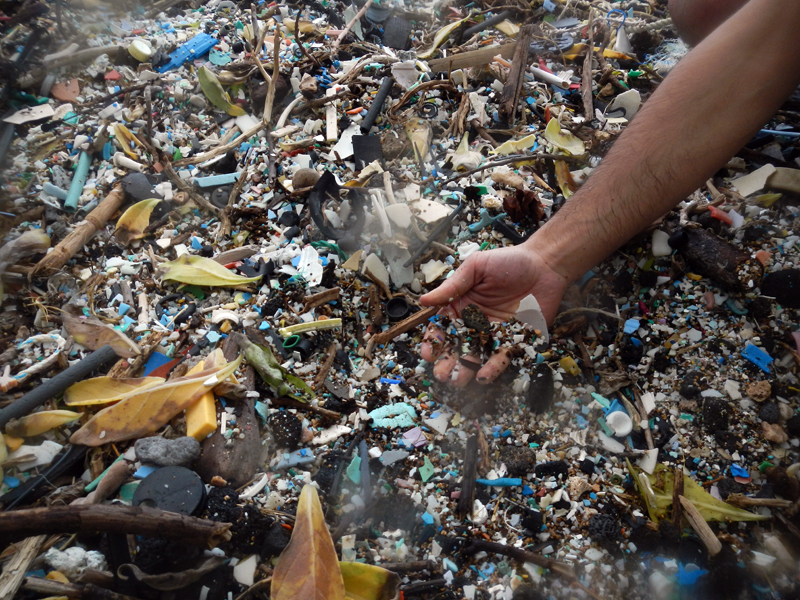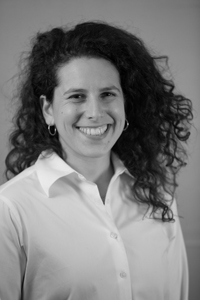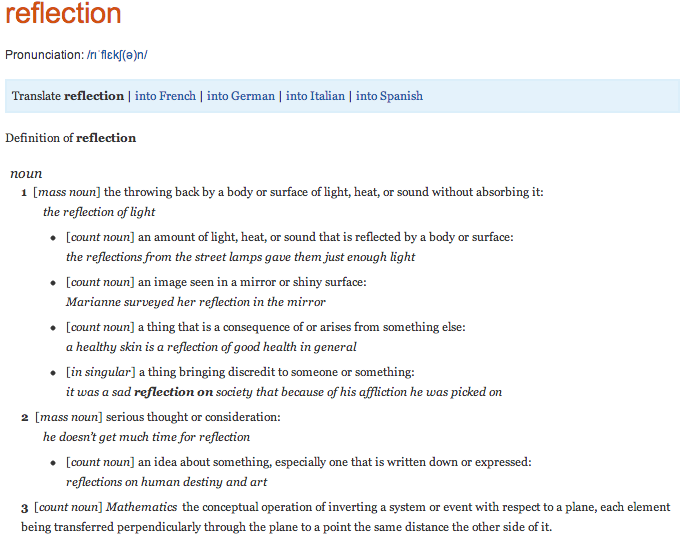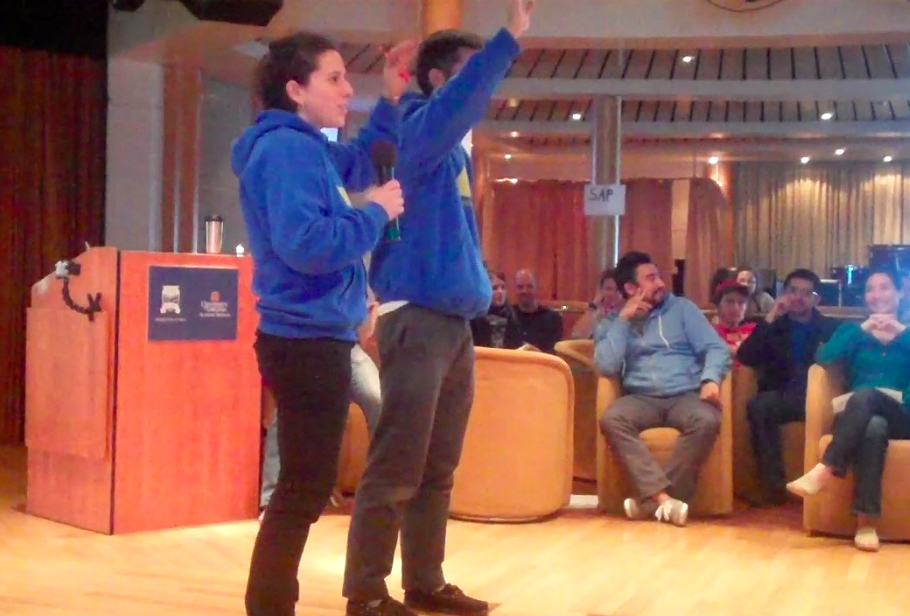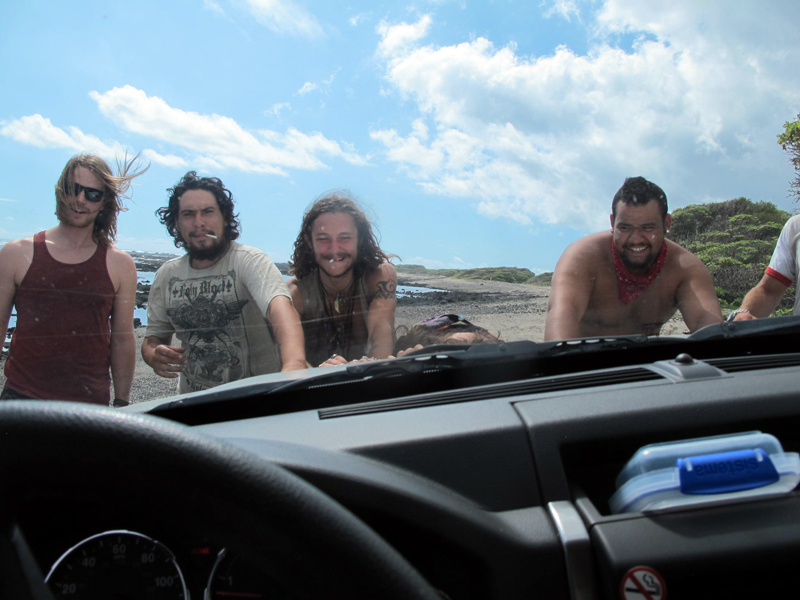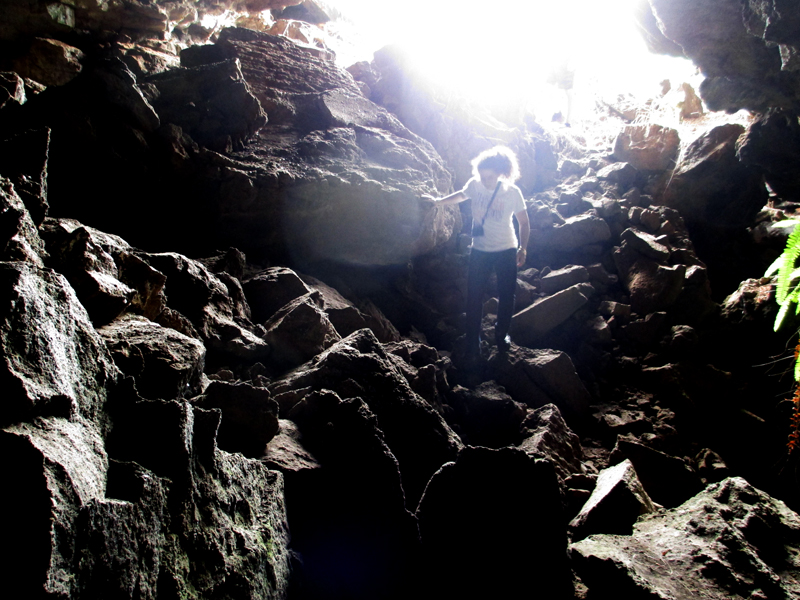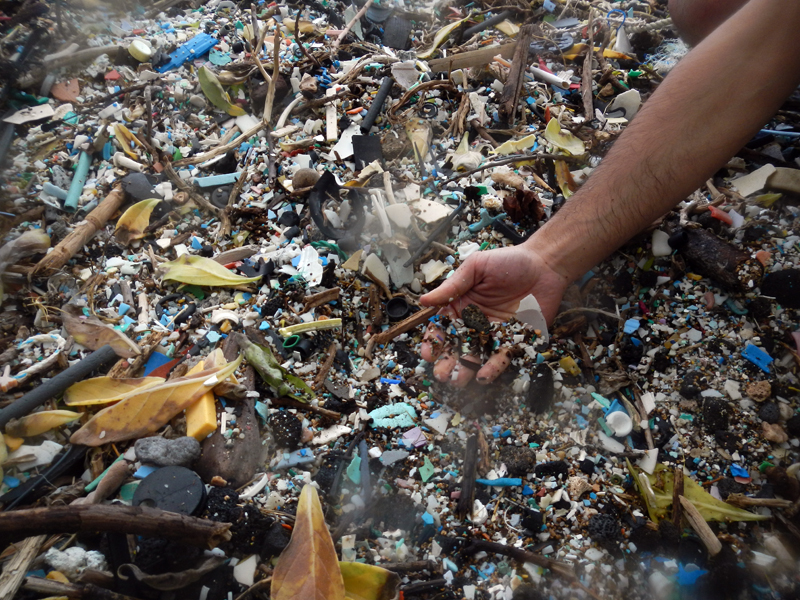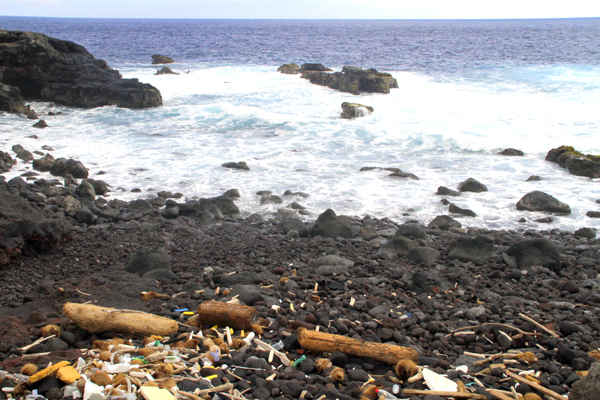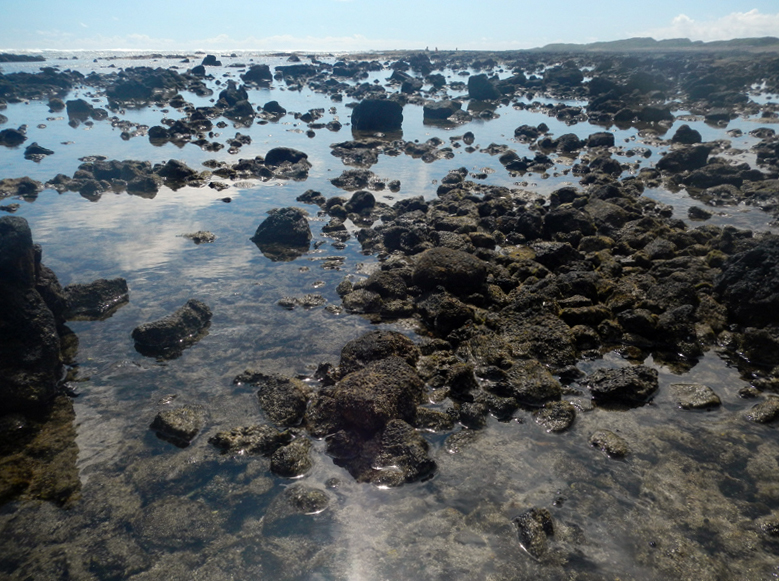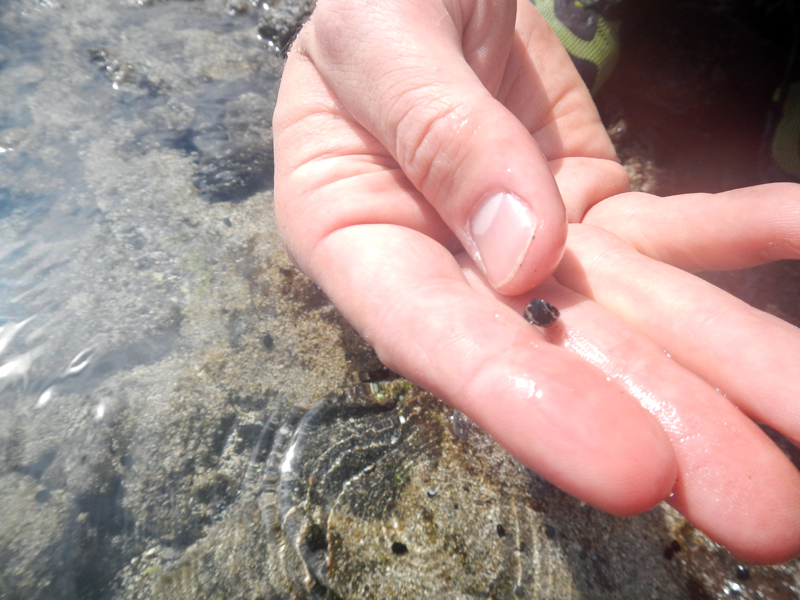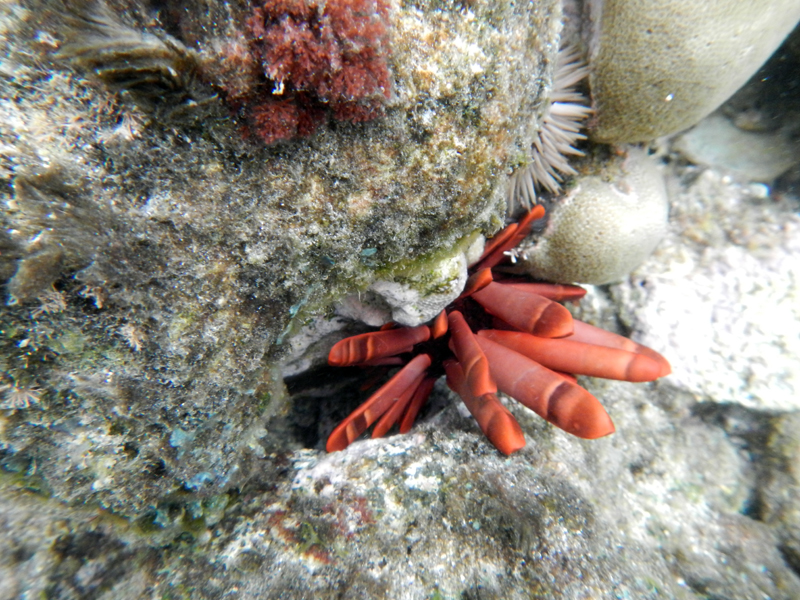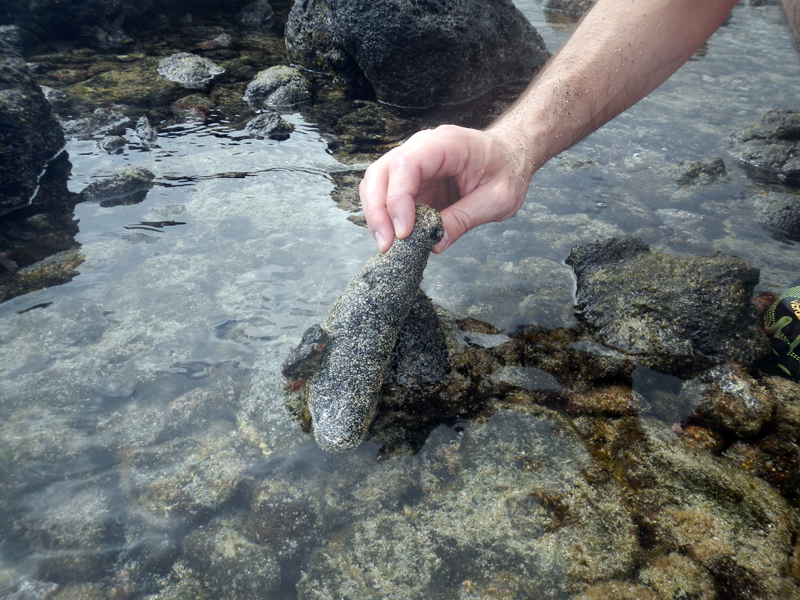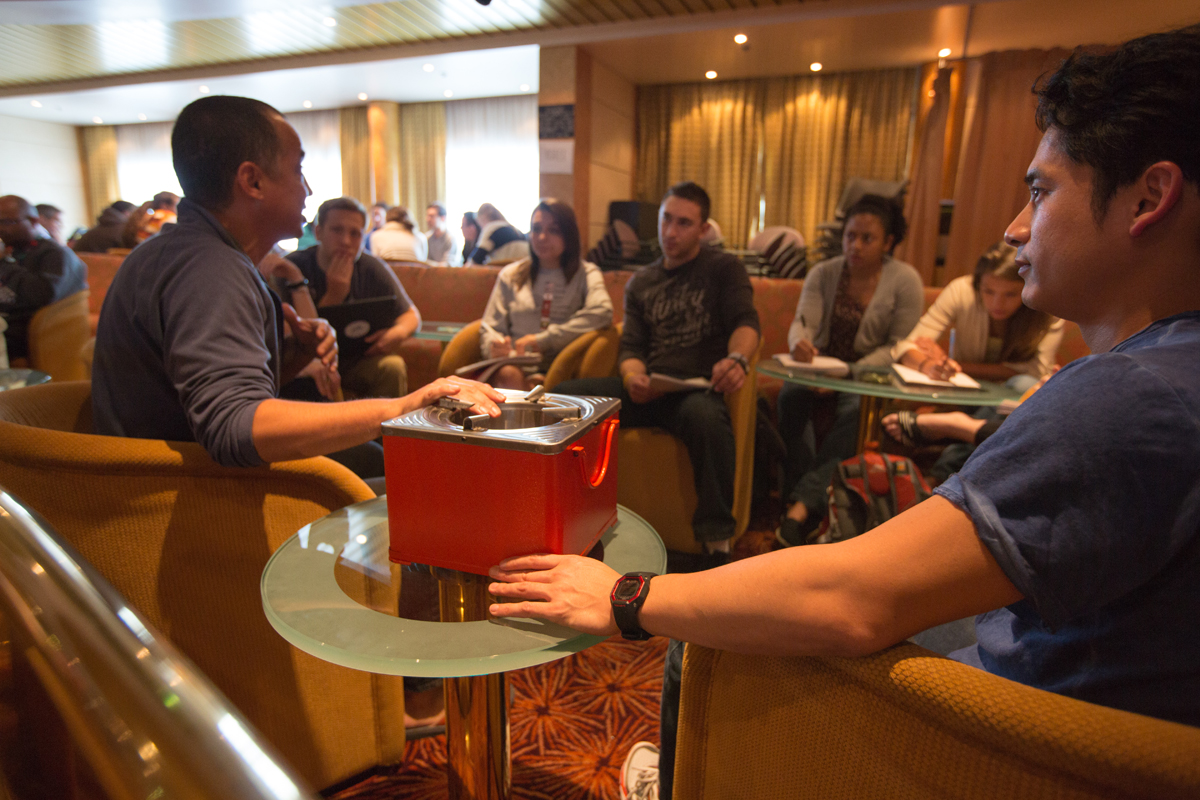Gabriella Levine is an interactive artist and open-source hardware designer interested in the relationship between technology and ecology. She recently graduated with a Masters degree from ITP at NYU. She creates sculptural and robotic works that mimic environmental phenomena and animal behavior. She is the Director of Open-H2O, a global community and US-based non-profit developing oil-collecting robotic sailboats called Protei.
Gabriella blogs at http://www.levinegabriella.com/ and she is blogging her Unreasonable at Sea journey here at onwww.unreasonable.is/atsea
Reflections of UnreasonableAtSea day 0-11
What is a reflection, firstly?
Ok I’m going to go with definition 2, a serious thought or consideration, an expressed idea about something; Well, quite broad, but I guess I shall dive in and express my ideas about Unreasonable at Sea, day 0 through 11:
One thing that I am trying to get used to is patience – the learning will come. It is interesting to hear from the description of this project and the captain of this ship, the MV Explorer, say: you will be a changed person in 100 days. How nebulous a statement?! So just like, cruising around the world with some others on board will really make me a changed person?
And, in the UAS description, it said things like “you will be constantly working hard” and “you will be aggressively working”…
I am an impatient person and I like doing intense hands on problem solving work. So, my initial week was a hard adjustment. Because the work here is cerebral and slow. Slow, reflecting, feeding back, talking, problem solving, iterating; But not about rapidly prototyping and moving moving moving ahead. So what I am anticipating is a long intense journey laying ahead, that it will take weeks to begin to integrate.
What I am seeing is that I will be able to integrate this into all aspects of life. In unexpected ways. Here is one example: I am writing a course description, called Exploring Biomimetic Interfaces. This is meant to be a survey and a hands on workshop using nature-inspired designs. BUT: what I have spent a week learning from George is that the problem with one’s solutions very often is solving the wrong problem. For example, a ladder company is trying to solve a problem of allowing people to reach things too high for them to reach. But perhaps the solution is NOT to use a ladder. There are many other solutions: ask for help, wait until you grow 10 inches, get a stool, get an arm extension… Is a ladder really the best way? Out of context, it seems most practical, but perhaps not.
So my question to myself was, How can I be teaching a solution (biomimetic designs), if what George seems to be presenting is how not to jump to solutions but always iterate and ideate through the problem solving and prototyping process in a cyclical way: learn about the problem, profoundly, using empathy, in order to really hone in on a possible solution.
Talking to George specifically about this was enlightening – the biggest takeaway is to iterate through that cycle of questioning the prototype : is it really the best solution? So, using nature as an inspiration for a design can still be the solution, but perhaps in order to more understand nature’s wisdom, this is what needs to be treated with empathy.
So, my goal is to try to comprehend and integrate design thinking into my life, across every aspect of my life: Protei, administration, decision making, social, honing in on goals, design prototying. But this is not going to happen from 1 class; and this is not going to happen in a week. This might happen through immersion in this experience, through relaxation and reflection, and through multiple iterations of challenges, on which I am forced to focus (i.e. pitching in front of large audiences).
PITCH # 1:
PITCH #2:
And here are our slides:
The most challenging moments I have faced thus far have included the preceding times leading up to the two pitches we have done so far. The anticipation of getting up in front of a lot of people and pitching forces me to focus, hone in, write and tell a story, and learn the story. My goals are to: learn to tell a better story; learn that “platform tilt”, i.e. how to create the hook to really lure in people. I also hope to learn some practical skills about the things I don’t know and don’t want to focus on: strategy, business legal / admin, communications: these are things that are exciting but I hope that they come naturally so I can focus more on the technical work.
But, the Protei Prototypte that cesar built while in Vancouver has finally arrived, we got it onto the boat safely! What a success, because it was in a HUGE box and had some items that are not allowed on board (flammable resin, etc). So, that is so exciting, and I finally last night did some technical work here finishing a small electronics unit that we can put into the prototype as we get it ready to sail in the port of Yokohama.
NOW, onto the fun stuff, out in the wild:
CAR from gabriella levine on Vimeo.
From now to earliest:
My best memories so far are actually exploring in Hawaii. Getting and driving off road. It was the most exciting. I seem to thrive on adrenaline rushes, and do not get this often enough. Public speaking is nice, and the two times Cesar and I have presented Protei have gone quite well. I would like to become an even better public speaker and also, be able to learn to improvise more (rather than repreat the same thing over and over again when I am flustered.
But: my number one moment so far:
Driving out of Kamilo Beach road, after an awesome day, of only getting stuck in the sand once so far (see below), I was feeling a bit overconfident about speeding trough the volcanic dunes at full speed ahead. “I’ve been driving off on a pretty intense rocky road for 2 hours, now I’m pro!”. But, then I drove really off the off-road, it felt like I just climbed up a pile of rocks and sat crooked on a pile of volcanic mounds. I just missed the “road” because nothing really looked like “road”, so it seemed like I actually might be able just to roll backwards, off the pile of rocks that the Jeep Liberty was perched atop, That was when I thought, “OH no, we’re gonna miss the boat. we’re gonna be stuck here.” It was just a split second of fear, just a taste, but I noticed, as Matt got out of the car to try to find a rock to give the tires traction, my right leg on the gas (though not depressed), was shaking as it does when I am rock climbing. It is called Elvis leg in rock climbing terms, and as I do when climbing, I dropped my heel and decided that we’d be out of there in no time.
And that was probably the highlight moment of the trip so far. Regarding the “fun real world” time.
And, about an hour earlier: this is the first time we got stuck in the sand. It only happened because I tried to avoid running over a “rainbow gatherer” who was pretty much lounging spread out in the middle of the road. Granted the road was my interpretation of a more drive-able strip of sand in a massive sandy / rocky beach side. No real road to be seen. Anyway,
Also, the things we found along the way were way exciting:
like a lava tube!
More reflections:
Here’s where we went:
View Larger Map
The plastic beach, “Trash Beach”, Kamilo point beach, on the south eastern coast of the big island of Hawaii, was amazingly beautiful. It was mottled with plastic trash, polluting the seaside with a mixture of PET and Polyurethane, intermingling with the volcanic rock and sand. The entire beach was mottled with rainbow “sand”. What a beautiful creation of human trash.
And what is unclear to me is the impact. Does this kill sea turtles, albatross, fish, humans? Of course, I have seen the horror photos online like this one (cited here: http://gizmodo.com/5384892/where-plastic-goes-when-it-dies-birds-stomachs)
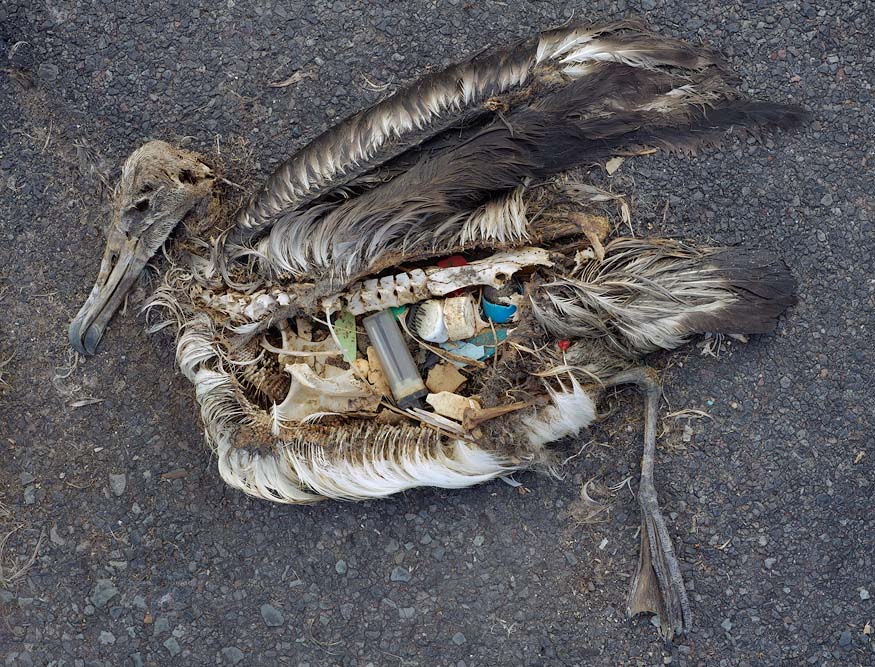
But there is still so much I don’t understand. The beach was teeming with life, healthy-seeming starfish and fish and snails. . I couldn’t believe it.
And a sea slug !!
For Protei, I am trying to do a somewhat similar learning endeavor: Come at it with a clean slate: part of a goal is to learn: Is it possible for a business with an IP model such as ours to actually survive self sustainable? And if so, how? Are our goals achievable of simultaneously: proliferating our technology through community involvements and contribution, in addition to creating an online hub of knowledge, as well as getting a viable product to the market?
And besides being around some of the most keen marketers, business professionals, idea – generators, men/women-of-action, I will have to see how much design thinking can really take Protei for a long ride.


